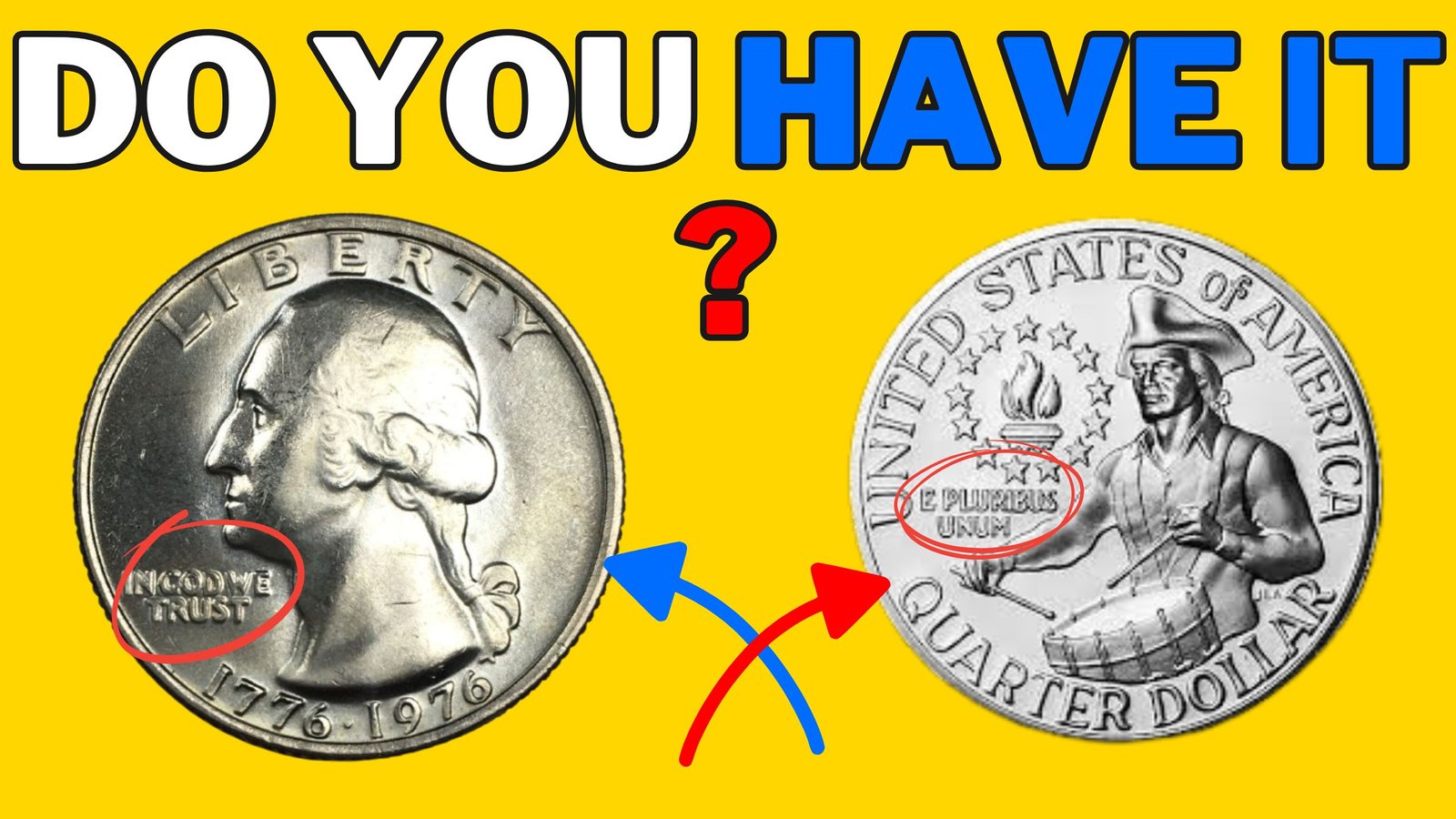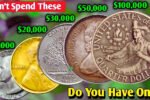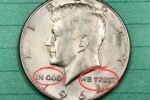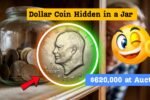The 1976 Bicentennial Quarter was originally released to honor the 200th anniversary of the United States’ independence. Unlike other coins, it featured a special design: a colonial drummer on the back instead of the traditional eagle. This unique look was meant to be patriotic, not necessarily rare—but time and a few special variants have changed that. Today, some of these coins are worth more than anyone could have imagined when they were first minted.
Why Some Bicentennial Quarters Are Worth a Fortune
While most of the 1976 quarters are only worth 25 cents, a handful stand out because of their metal composition or minting errors. These rare coins were made in limited numbers—some in 40% silver instead of the usual copper-nickel alloy. Others feature mistakes from the minting process, such as double strikes, misalignments, or die errors. These rare characteristics can turn an ordinary-looking coin into a collectible worth hundreds, thousands, or even millions of dollars.
What Makes a Bicentennial Quarter So Valuable?
Value in the coin world often comes down to three things: rarity, condition, and demand. If a coin is rare and in mint condition (especially uncirculated), it’s already desirable. But when collectors are actively seeking a particular type—like a silver Bicentennial quarter with a mint error—the price can skyrocket. In extreme cases, such as extremely rare varieties or coins graded at the highest level (MS-67 or higher), values can reach into the millions.
Could You Have One in Your Pocket Right Now?
It might sound far-fetched, but people have found rare Bicentennial quarters in old jars, drawers, and inherited coin collections. These coins circulated widely, but the valuable ones are usually those that were set aside, preserved, or mistakenly printed. That’s why it’s worth checking your change, especially if you have coins saved from the 1970s. A tiny detail could make a huge difference in value.
The Rise of Coin Collecting in the Digital Age
With social media and online marketplaces, stories of rare coin finds have gone viral. This has led to a rise in interest in numismatics (coin collecting) among all age groups. People are now more aware that certain coins in circulation may hold unexpected value. The 1976 Bicentennial quarter has become a symbol of this new wave of excitement—an everyday item that just might be a hidden treasure.
Frequently Asked Questions (FAQs)
Q1: How can I tell if my 1976 quarter is valuable?
Check for silver content, mint marks (like “S” for San Francisco), and visible errors like doubling or misalignments. Also, look at the coin’s condition—shiny, uncirculated coins are more valuable.
Q2: Where can I get my quarter appraised?
You can visit a professional coin dealer, a local coin show, or send your coin to grading services like PCGS or NGC for a certified evaluation.
Q3: Are all 1976 quarters valuable?
No. Most are only worth face value. Only rare varieties, silver editions, or coins with errors hold significant value.
Q4: What does the “S” mint mark mean on a quarter?
An “S” indicates the coin was minted in San Francisco. Many silver collector’s versions of the Bicentennial quarter have this mark.
Q5: How much is a rare Bicentennial quarter worth?
Values vary widely—from a few dollars for common collector versions up to $9 million for extremely rare, high-grade, or error coins.



